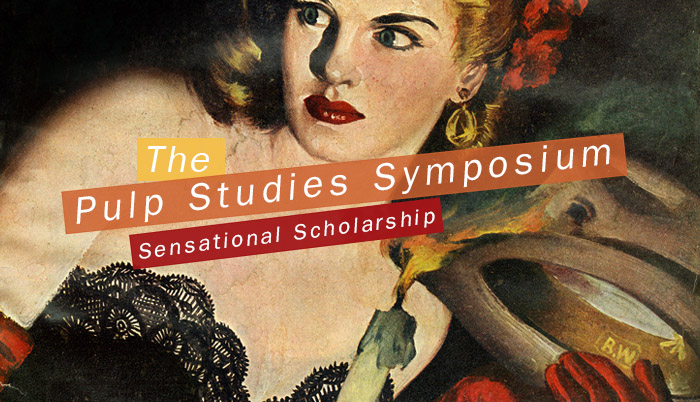Presentation Title
Ellery Queen’s Mystery Magazine: From High-Class Pulp to Popular Postmodernism
Abstract
Ellery Queen’s Mystery Magazine demonstrates the influence of popular detective fiction on literary postmodernism, particularly in terms of how consumer capitalism enabled both the interweaving of high and popular culture and the extreme proliferation of literary products. I follow the joint commercial and literary concerns of the magazine from its inception in 1941 through the 1950s to explore how it presages postmodern literature in its performance of multiplicity, openness, repetition, and metafictionality. The mashups of high art, popular culture, advertising, satire, and television culture embody the Cold War and postmodern anxieties of the 1940s and 1950s as Americans became increasingly concerned about access to the real. The magazine enacts the postmodern in its fragmenting spatialization of a multiplicity of simultaneous possibilities. Ellery Queen’s yearns for a history it cannot access, a history that it attempts to regenerate, to bring into the real, but its popularity and proliferation empty it of any aesthetic aura, creating instead a commodified simulation of authenticity that anticipates and participates in the rise of postmodern literature.
Ellery Queen’s Mystery Magazine: From High-Class Pulp to Popular Postmodernism
Ellery Queen’s Mystery Magazine demonstrates the influence of popular detective fiction on literary postmodernism, particularly in terms of how consumer capitalism enabled both the interweaving of high and popular culture and the extreme proliferation of literary products. I follow the joint commercial and literary concerns of the magazine from its inception in 1941 through the 1950s to explore how it presages postmodern literature in its performance of multiplicity, openness, repetition, and metafictionality. The mashups of high art, popular culture, advertising, satire, and television culture embody the Cold War and postmodern anxieties of the 1940s and 1950s as Americans became increasingly concerned about access to the real. The magazine enacts the postmodern in its fragmenting spatialization of a multiplicity of simultaneous possibilities. Ellery Queen’s yearns for a history it cannot access, a history that it attempts to regenerate, to bring into the real, but its popularity and proliferation empty it of any aesthetic aura, creating instead a commodified simulation of authenticity that anticipates and participates in the rise of postmodern literature.


